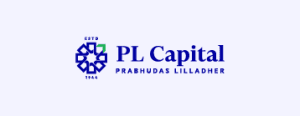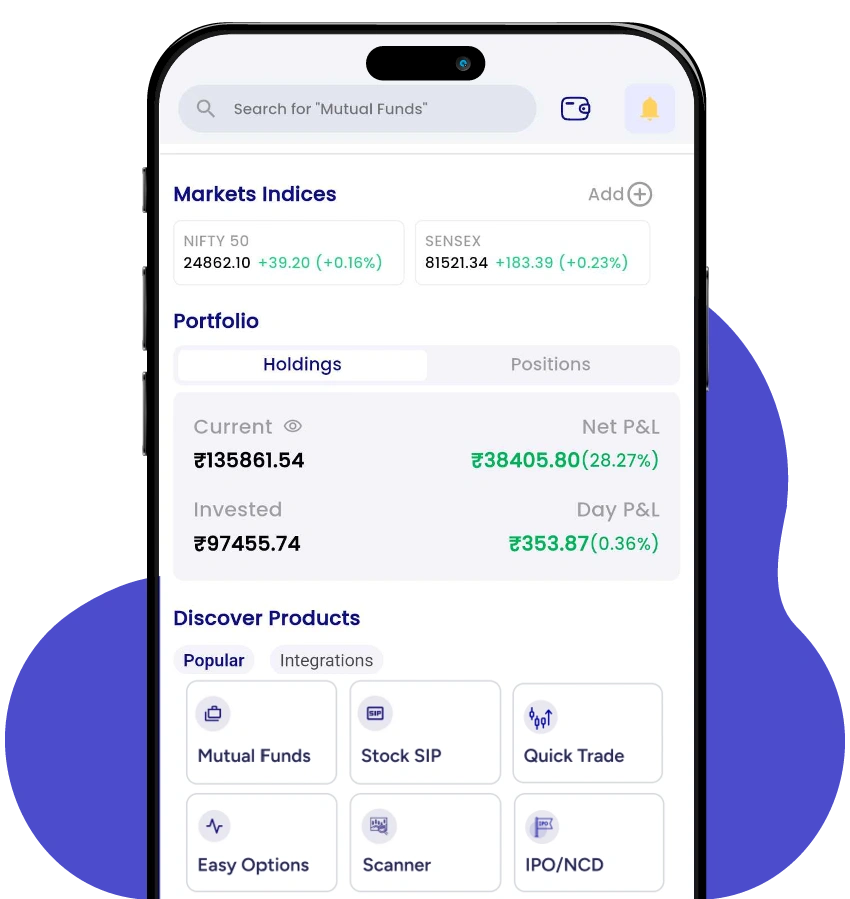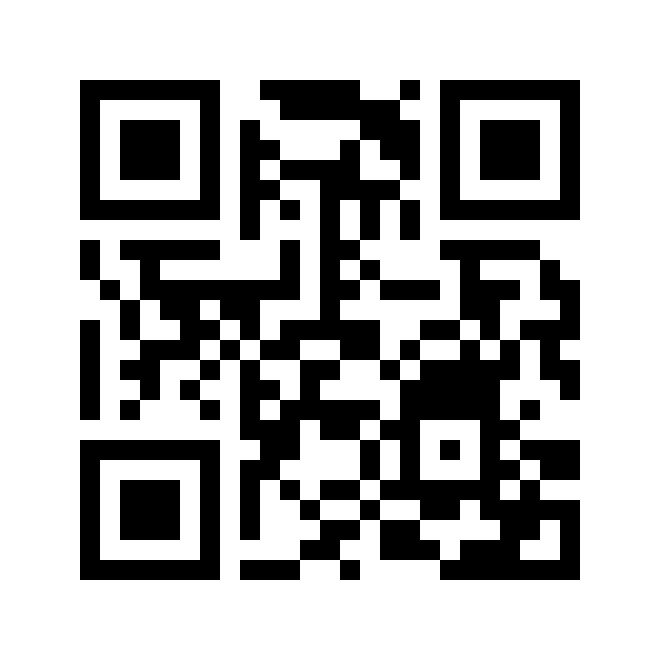What is an Inverted Head and Shoulder Pattern in Trading?
- 24th October 2025
- 12:00 PM
- 7 min read
An inverted head and shoulder pattern might help you detect possible market downturns if you are new to technical analysis. It develops when a security’s price produces three dips, or troughs. The ‘head’ is the lowest of these, and the ‘shoulders’ are formed by the two dips on either side. This pattern suggests that a positive turnaround may be imminent since the selling pressure is waning.
Read this blog to understand the inverted head and shoulders chart pattern, the different trading strategies of it, and how to analyse this pattern.
What is an Inverted Head And Shoulders Chart?
An inverted head and shoulders pattern is a chart indicator that indicates a potential shift from a declining market to a rising one. It features three dips, the centre and two on both sides. The centre one is the head, being the lowest, and the two on the sides are the shoulders, being the highest.
This form resembles a head and shoulders turned upside down. It indicates that purchasing may rise while selling is slowing down. If the price rises above the neckline, which is a line that joins the highs between the dips, it frequently indicates the beginning of a bullish trend.
How to Analyse an Inverse Head and Shoulder Pattern?
When an inverted head and shoulder pattern appears, it signals the start of an uptrend and the conclusion of a negative period. Traders take a long position when the uptrend crosses the resistance line. In order to confirm the change of trend, they would be searching for a rise in volume.
These patterns often occur in trendlines and are viewed similarly to head and shoulders in an uptrend due to their various characteristics.
When a head and shoulders are inverted, the following scenarios occur:
- When coupled with a rise in trade volume, it signals a trend reversal.
- Following a protracted negative trend, an inverse head and shoulders pattern occurs.
- New lows that emerge during the formation indicate that the market attempted to fish for the floor.
- The price falls until the market can no longer sustain it, at which time it rises once again.
- Traders consider the current trend. A downtrend is not a trend reversal pattern if an inverted head and shoulder pattern is absent.
Importance of Volume in an Inverse Head and Shoulder Pattern Formation
Volume is important in the case of an inverted head and shoulders chart pattern for a number of reasons. The chart pattern’s confirmation is one of the causes. High volume increases the trade signal’s dependability by confirming that the pattern is not a fake breakout.
From the standpoint of momentum, volume is also important. Reaching the profit objective is made simpler by a volume-supported breakout, which frequently results in a greater and faster price movement.
Lastly, volume in an inverted head and shoulder pattern may also help in managing risks. To help with risk assessment, low volume during a breakout might be a warning indicator that the pattern may not be as trustworthy.
Different Trading Strategies for an Inverse Head and Shoulders Pattern
There are 2 different trading strategies for an inverted head and shoulders chart pattern:
-
Aggressive Trading
A lot of traders are aggressive and seize opportunities in trading. As soon as the price breaks free or moves above the neckline, you may begin trading aggressively. To maximise profits, you might engage in long-buying positions in the market. As soon as the negative trend turns around, you may gain a head start on the bull market.
-
Conservative Trading
When the price closes above the neckline, traders can wait for the pattern to finish and confirm the reversal. It can eliminate any possibility of a price retracement. It can also set a limit order just below the point when the neckline breaks. However, if a retrace never occurs, waiting for one might result in missing out on a buying opportunity.
Example of Inverted Head and Shoulder Pattern
In an inverted head and shoulder pattern, a price decline forms the left shoulder and the head of a common inverted head and shoulders pattern. Following this, prices climb and form the right shoulder as buyers recover market momentum.
The neckline is the line that connects the high points of these two shoulders on the left and right. When the rising price breaches the neckline, it suggests a potential bullish trend reversal, and the pattern is confirmed.
Differences Between an Inverted Head and Shoulder and a Head and Shoulder Pattern
A head and two shoulders make up both ‘inverse head and shoulders’ and ‘head and shoulders’ patterns. However, these two patterns differ in many ways, including:
| Parameters | Inverted Head and Shoulder Pattern | Head and Shoulder Pattern |
| Trend Indication | Indicates an upcoming bullish trend | Indicates an upcoming bearish trend |
| Shape | Upside-down head and shoulders shape | Normal head and shoulder shape |
| Neckline | A support line connects the lows of the troughs in between the peaks. | A resistance line is created to link the highs of the peaks between the troughs. |
| Target price determination | To get the target price, you must measure the distance between the head and neckline and add it to the breakout point. | To get the target price, take the gap between the head and neckline and subtract it from the breakout point. |
Limitations of an Inverted Head and Shoulder Pattern
-
Market Conditions
An inverted head and shoulders pattern is useful for all traders, but it is susceptible to shifts in the market. The bullish reversal pattern should only be used after a thorough understanding of the market conditions has been established.
-
False Signal
Sometimes, an inverted head and shoulder pattern may provide incorrect indications. The price may drop back down even though you may believe it has risen over the neckline.
-
Less Consideration of Fundamental Factors
This pattern solely provides information about a certain asset’s pricing. It does not consider the essential elements of the asset’s issuer.
Final Thought
An inverted head and shoulder pattern can help investors in numerous ways. However, it is not an independent predictor of potential trend reversals. You need to combine it with other indicators and confirmation signals in order to make an informed trading choice.
Download the PL Capital Group – Prabhudas Lilladher application and get guidance from market experts. PL also offers a free Demat account opening for you.
Frequently Asked Questions
1. Is a head and shoulders inverse bullish?
The purpose of an inverted head and shoulder pattern is to predict when a downward trend will stop and when a bearish-to-bullish trend reversal will occur.
2. What does it mean to have your head and shoulders inverted?
An inverted head and shoulder denotes three successive troughs. The central one is the lowest, and the outer two are comparatively higher and comparable in depth. It resembles an upside-down head and shoulders form.
3. What is the inverted head and shoulders success rate?
An inverse head and shoulders pattern’s success rate is dependent on several factors, much like any other price pattern. These consist of macroeconomic shifts, overall market attitude, and confirmation signs that follow the pattern.
4. How reliable is the pattern of an inverted head and shoulders?
The inverted head and shoulders pattern has drawbacks, even though it is typically seen as a reliable predictor of an impending upward price movement. Sometimes, especially in unpredictable markets, it could provide misleading indications. Before making any decisions, you must confirm the signals from this pattern using other tools.



